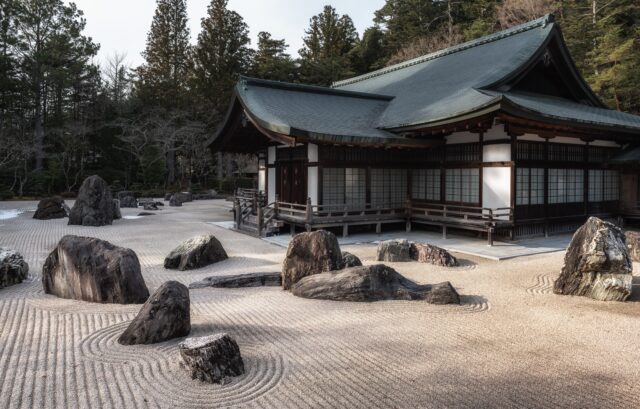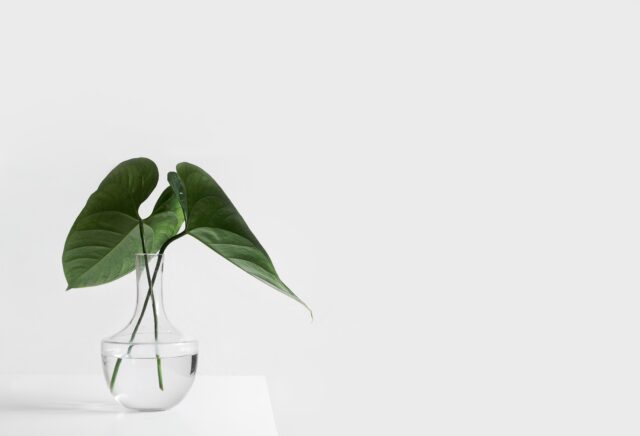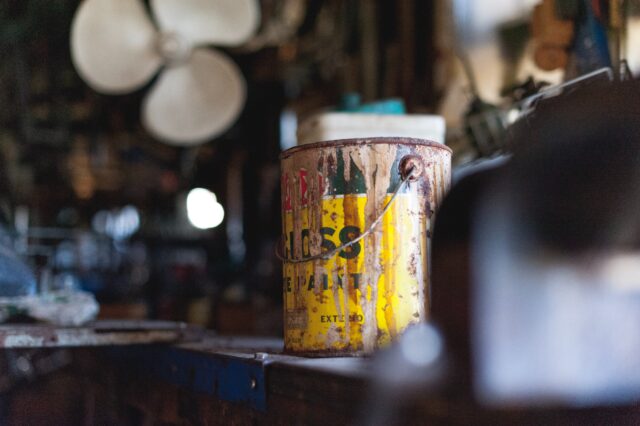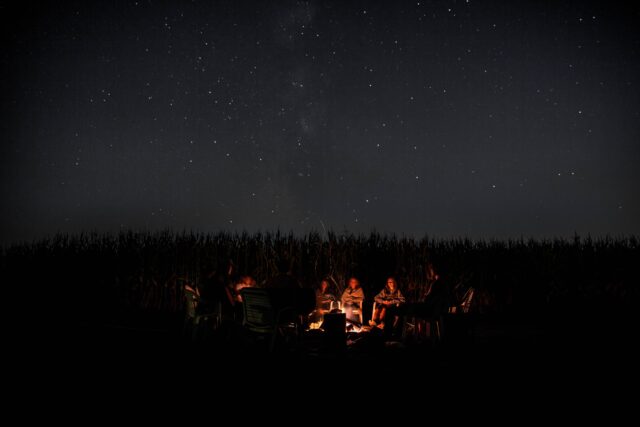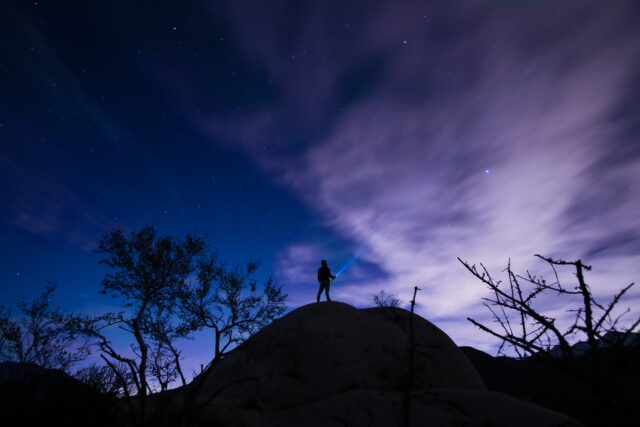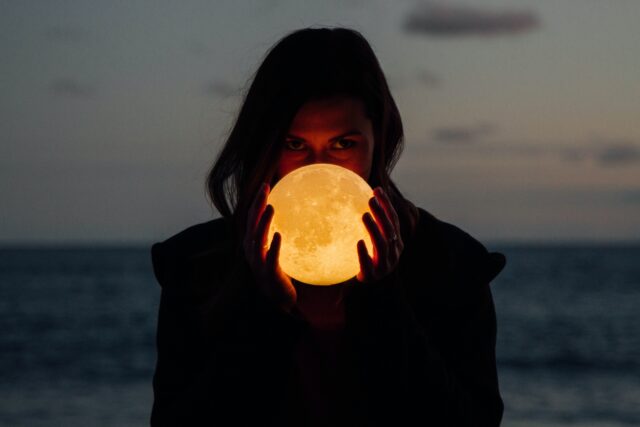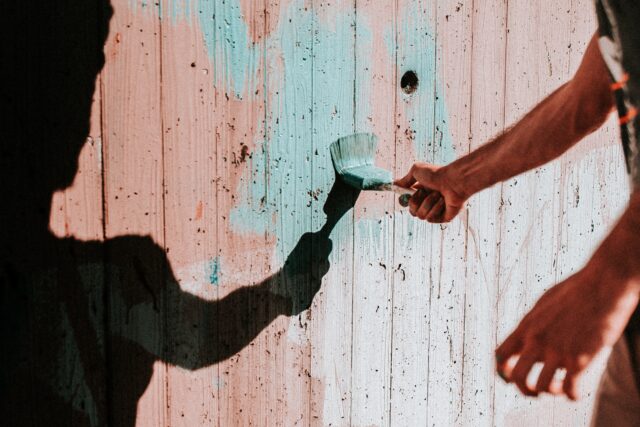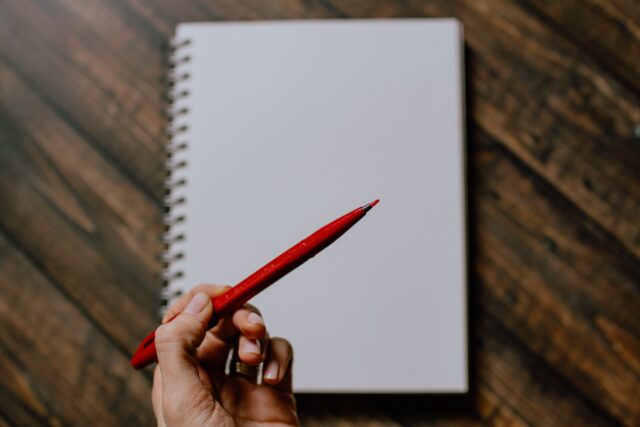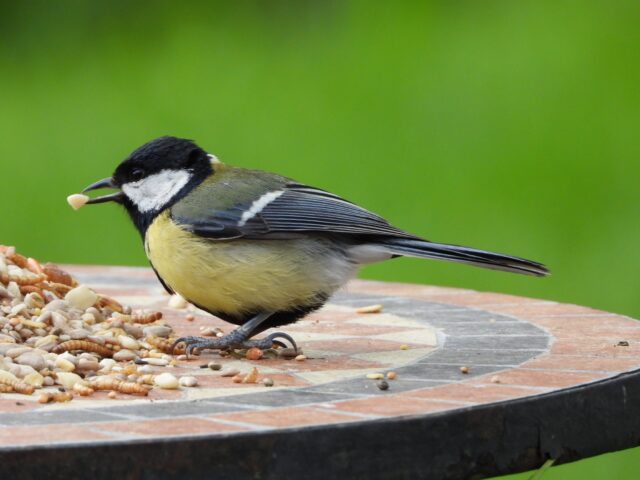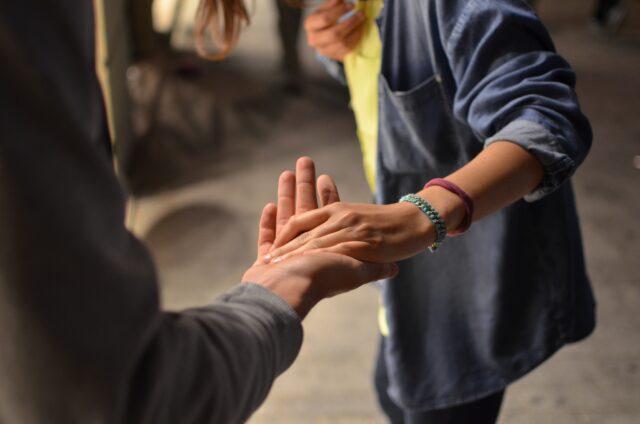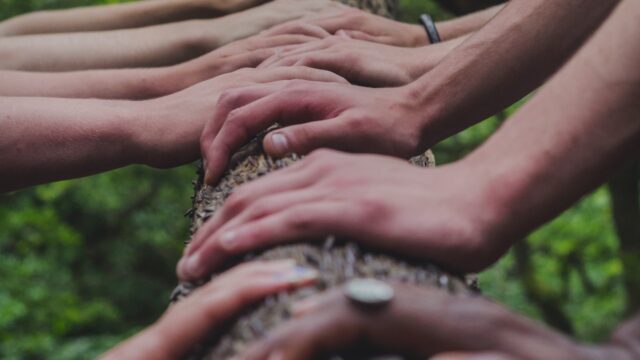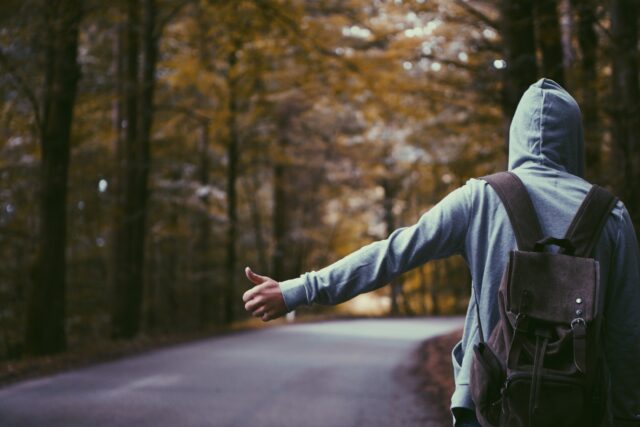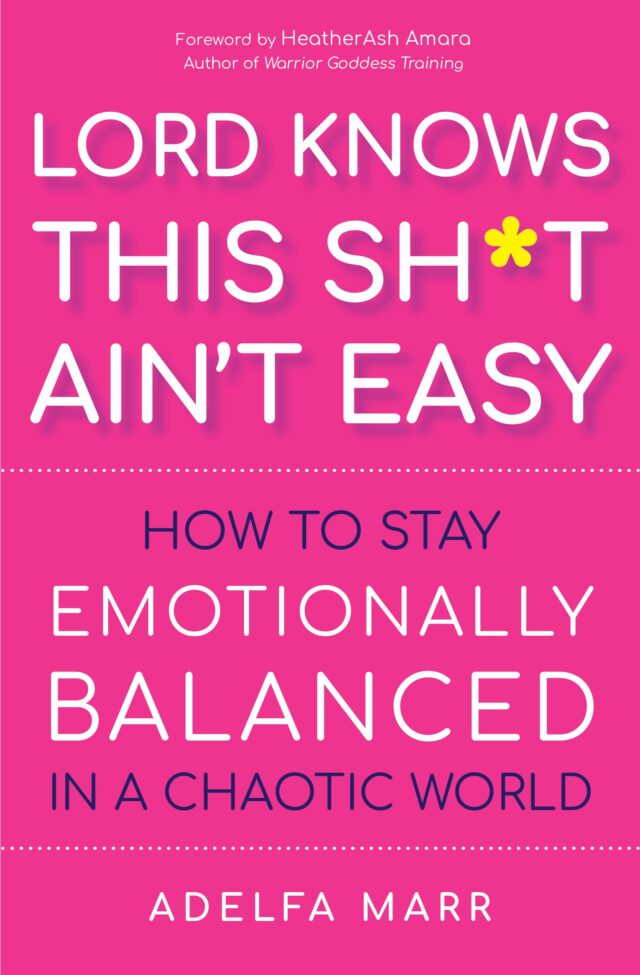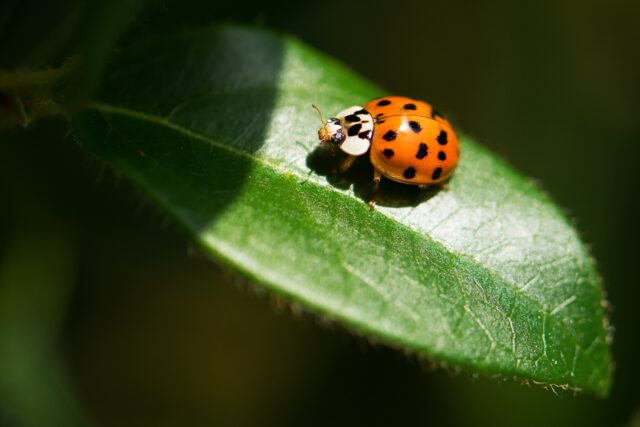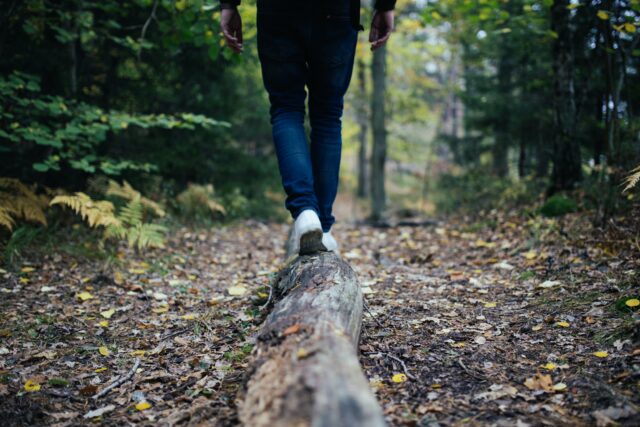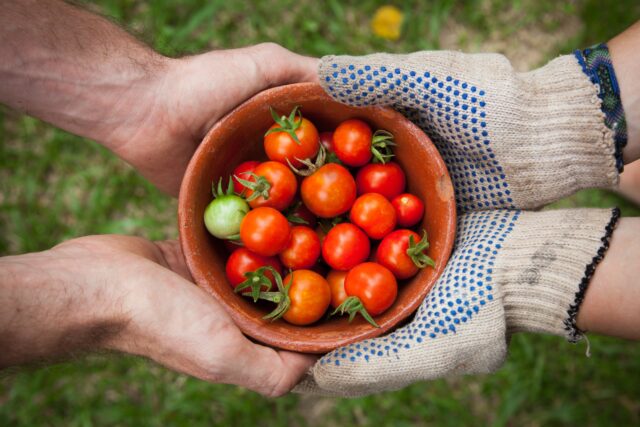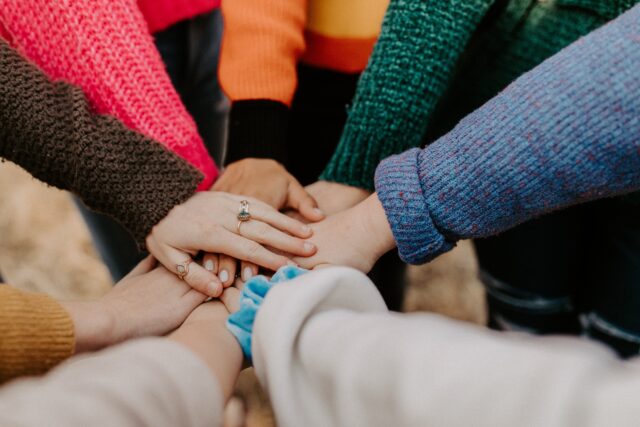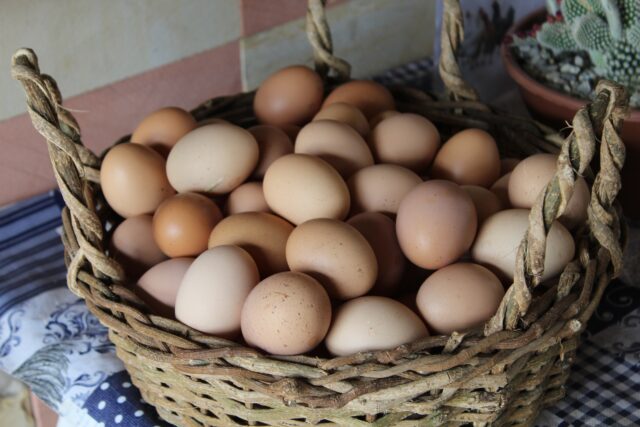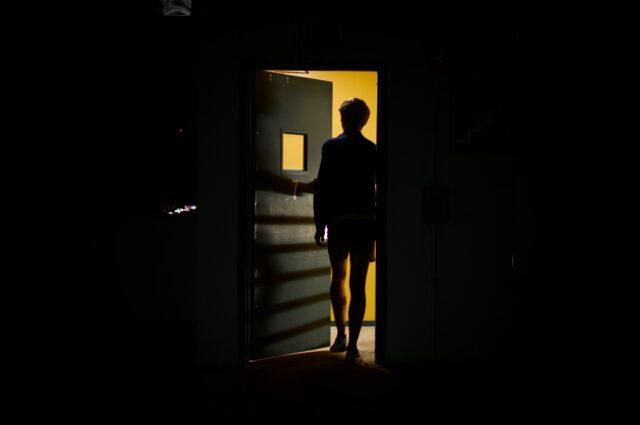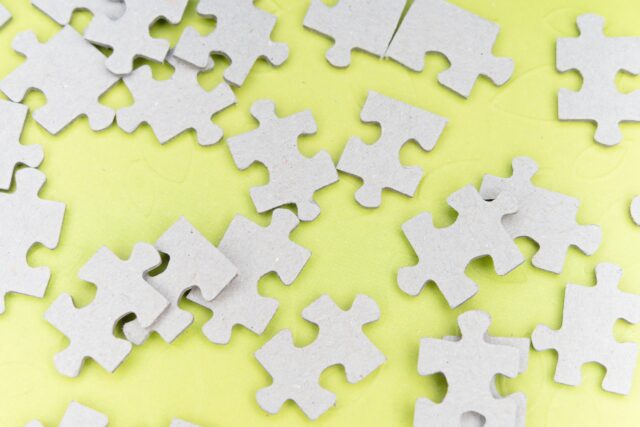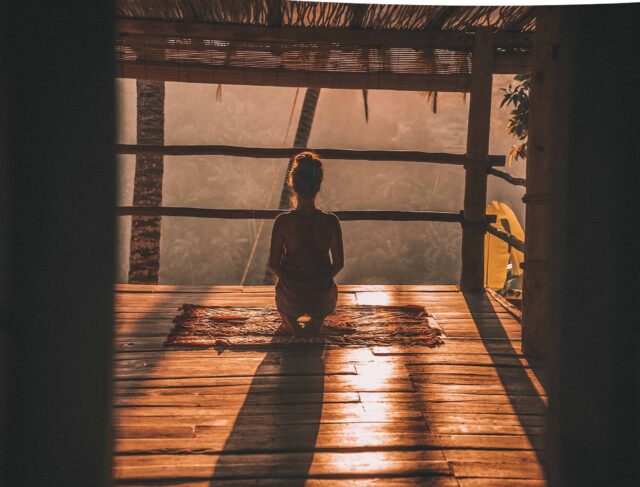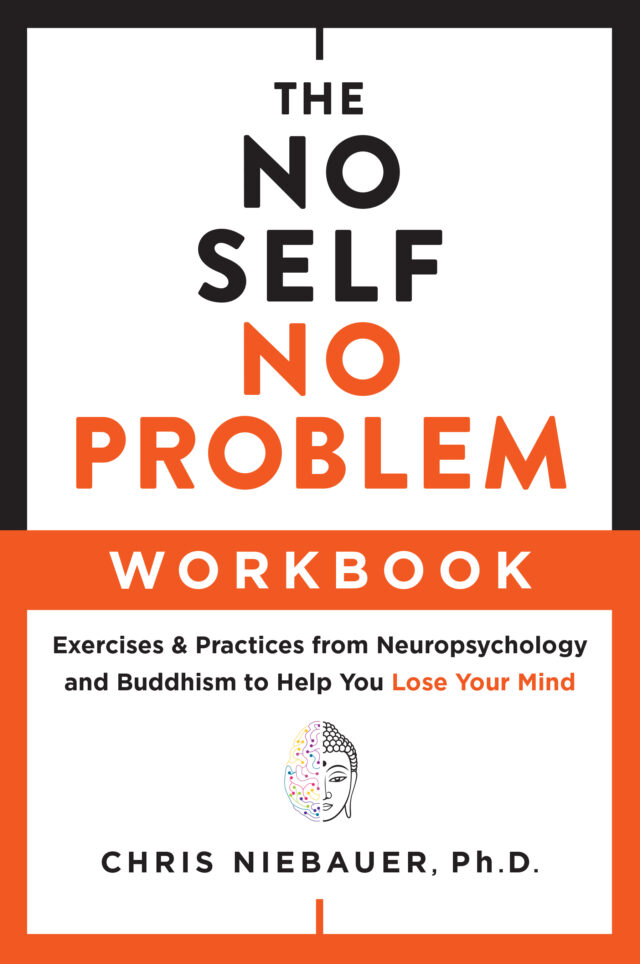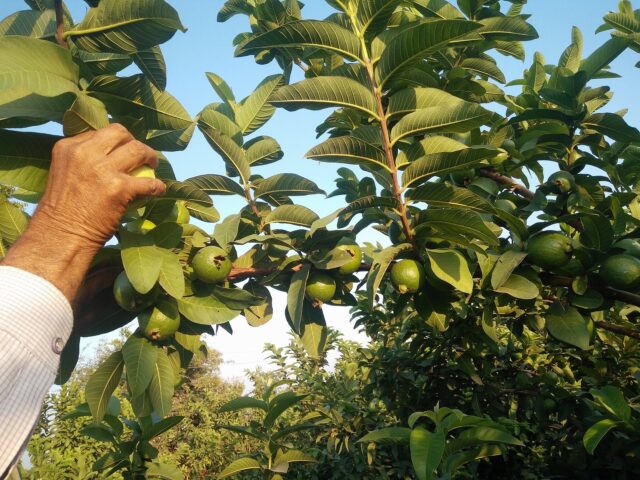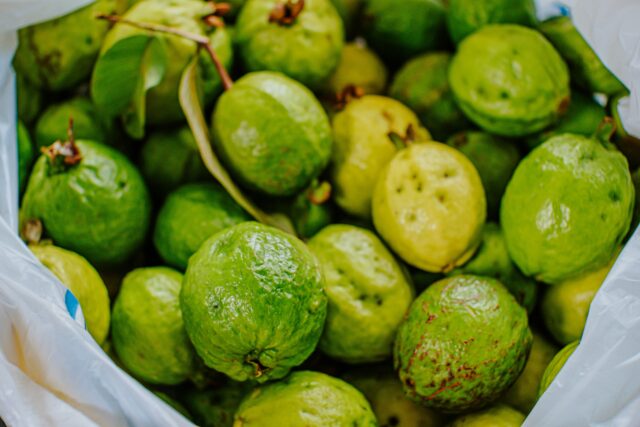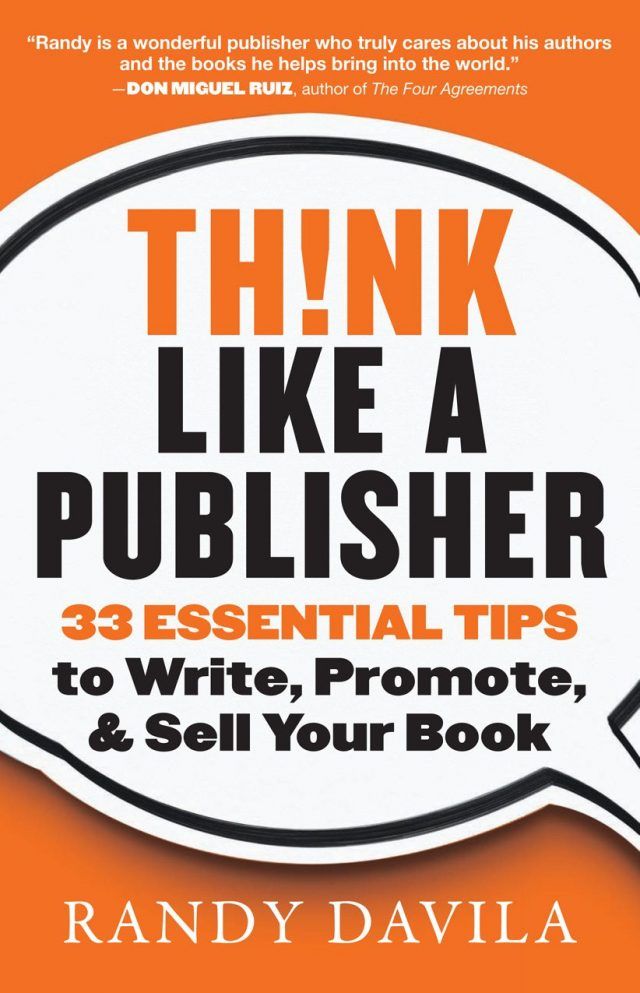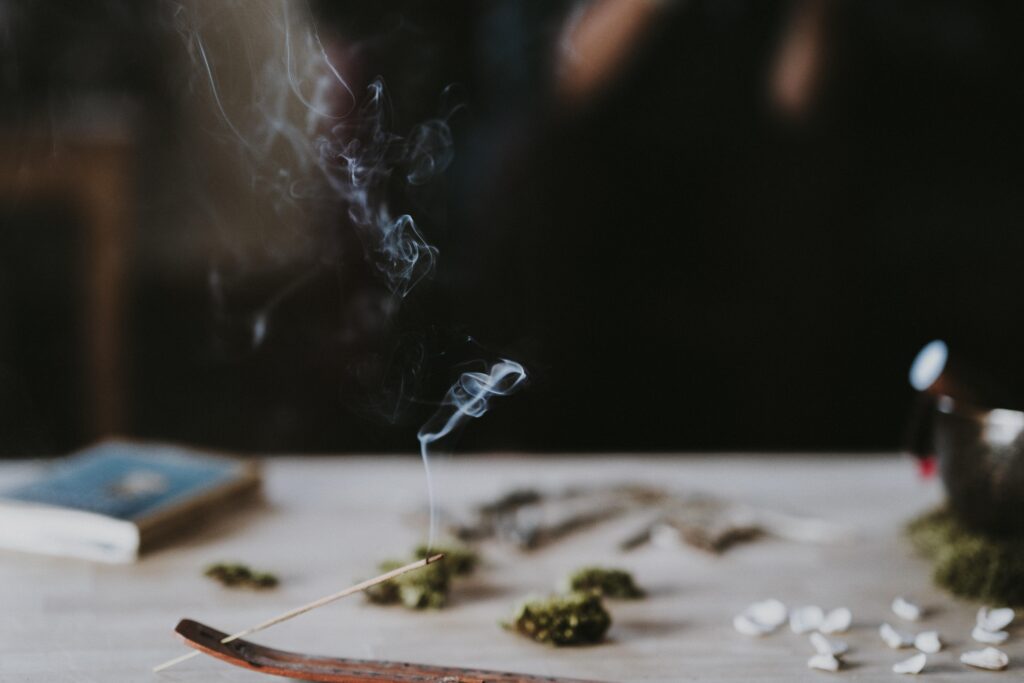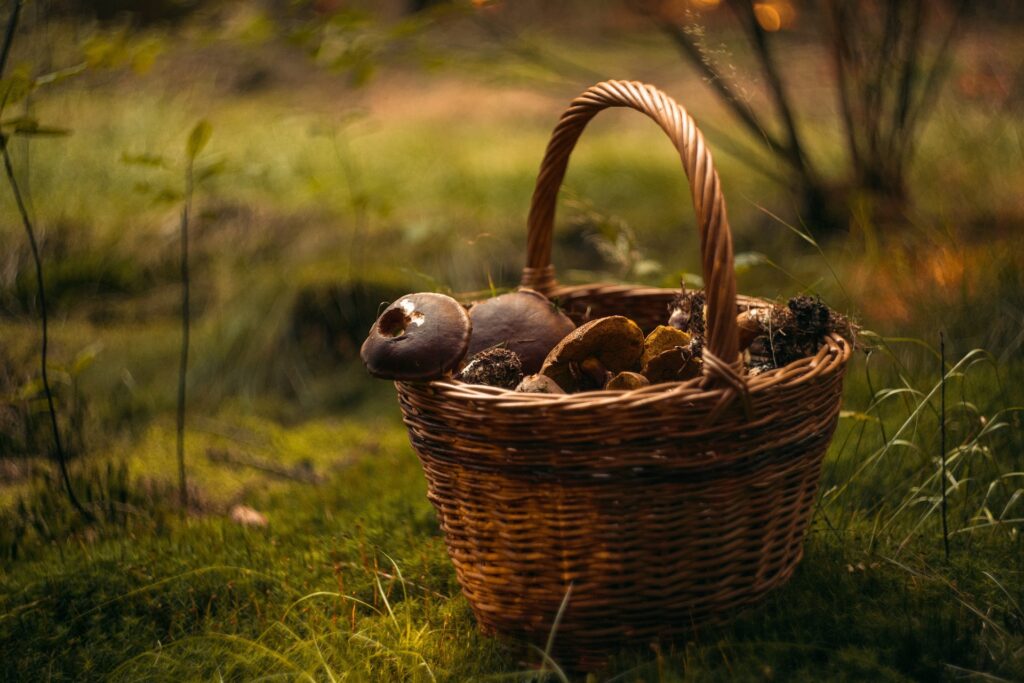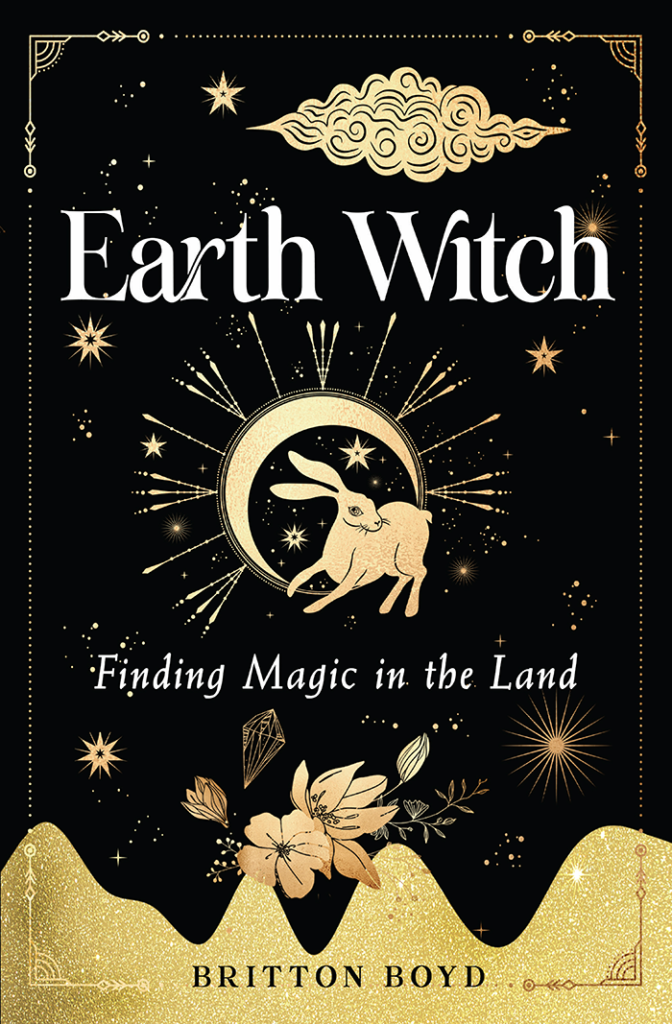There Is No Such Thing As Trash
Dear readers,
The other night, I reread one of my favorite Zen books—Novice to Master, by Sōkō Morinaga. He shares a wonderful story of the time when he first began to study at Daishuin monastery. His first task upon being accepted to the monastery was to sweep up the temple garden. When he had finished sweeping, he went to the roshi and, pointing at the pile of leaves, pebbles, and moss, asked, “Master, where shall I put this trash?”
“Trash?” bellowed the roshi. “What trash?”
The Zen master proceeded to show Morinaga how to save the dry leaves for lighting fires under the bath, use the moss to plug holes between the stones in the walkway, and to place the pebbles under the rain gutters.
I love the humility and simplicity of the roshi’s demonstration, showing that everything is useful for something—that is, if you can shed the modern habit of throwing everything away and learn to perceive its value instead. And of course, there’s a message here about the nature of life itself: although we may reject certain experiences or aspects of life as being less beautiful or important than others, they are all valuable. There is no trash.
Although my off-grid home in rural Hawaii is many miles away from the nearest zendo, I’m nevertheless surrounded by teachers whose wisdom rivals that of Morinaga’s roshi. Many of my neighbors remember a time when there was no road at all to this isolated part of the island, and the only way out was to hike or ride a mule up the steep, narrow trail on the side of the cliff. Even now, getting to town is a production on the best of days, and can become impossible for weeks at a time during storms. For this reason, my neighbors are all expert recyclers. Things that would be considered trash in the “real world” are carefully salvaged here. Scraps of rope, peanut butter jars, and bits of wire all find a use; I’ve lost track of the number of times I’ve pulled an old water jug or tarp out from the pile of junk under my cabin and thought, Good thing I didn’t throw this away!
But after living here for five years, I still fall prey to the temptation for convenience, and its shadow side, waste. When that happens, my neighbors are always ready to steer me gently back in the right direction.
This past week, I was rushing to build a proper outhouse to replace the leaky, derelict one at my homestead before a friend of mine came to visit from the mainland. After digging the hole, building the structure, painting it a beautiful shade of “discount green” from the reject shelf at the hardware store, and even hanging artwork on the back wall, I was ready to add the finishing touch—the toilet seat. Although most of the structure consisted of salvaged wood and leftover bits of hardware and roofing, I’d taken the wildly profligate step of ordering a brand-new seat online.
I was determined to get the whole project finished before my friend came. But on the eve of my friend’s visit, my neighbor returned from the post office and informed me that the crucial package had not yet arrived. As ridiculous as it feels to confess this now, I was absolutely crushed. I’d sweated to finish building and painting the outhouse in time, and now it seemed my vision of presenting my friend with a beautiful and luxurious bathroom was dissolving before my eyes.
In the small community where I live, most projects end up becoming group projects, whether you intended them to or not. Most of my neighbors had gotten themselves involved in the outhouse project, whether it was by giving me advice on siting, helping me lift huge rocks out of the hole, contributing a scrap of wood or a panel of roofing, or playing practical jokes on me when I was building it. At this point, they felt just as invested as I did—especially when it came to the time-honored goal of coddling a “city” friend whose needs, we liked to imagine, were more sophisticated than our own.
As I stood in my yard, absorbing the news that the yearned-for toilet seat had not, in fact, arrived, my next-door neighbors wandered over. “Why not check the old shack that fell down in the storm?” said one of them. “There used to be a toilet in there.” “Or the one down the trail, by the pomelo tree,” said the other. “Let’s go check there!” “Or, come to think of it,” said the first neighbor, “I think Brad still has an old toilet sitting around in his shed.”
Suddenly, in the fading light of the day, I found myself going on a toilet seat hunting expedition through the jungle, along with two of my closest neighbors. Within a matter of minutes, we’d rounded up not one, but three—pulled from the abandoned outhouses of bygone residents.
“See?” said my neighbor. “No need to buy it online. Just look around and use what you can.”
My spirits lifted by the adventure, and buoyed by a last surge of physical energy, I headed to the outhouse with a jigsaw and cut a hole, then installed the most dignified of the three salvaged toilet seats over it. And when the brand-new version arrived in the mail a few days later, I sent it back. After all, my “no trash” outhouse was already perfect exactly as it was.
Earlier this year, I had the opportunity to work on the 10th Anniversary edition of Stephanie Bennet Vogt’s classic book Your Spacious Self: Clear the Clutter and Discover Who You Are, coming out from Hierophant next month. As I edited the book, I remember wondering what Vogt would make of my homestead, with its stockpile of odds and ends which just might come in handy someday. Would she take one look at my home or my neighbors’ homes and declare them hopelessly and terminally cluttered?
But as I moved through the chapters, I was relieved to find that Vogt’s message goes far beyond organizing your tool drawer and letting go of the clothes you no longer wear. Your Spacious Self is about stepping into a mode of existence characterized by expansiveness and ease—whether you live in a minimalist apartment or on a homestead where every last bit of detritus might someday have a use. According to Vogt, spaciousness isn’t measured by the empty space in your cupboards, but by the calm and kindness with which you can hold your physical, mental, emotional, or energetic “clutter” when it arises, allowing it to gently dissolve in the loving field of your awareness.
I decided that, while Vogt would most likely identify various types of clutter after walking around my home, from the expired seed packets I feel guilty for not planting in time, to the overwhelming mess of files on my hard drive, I’m guessing she couldn’t help but feel the spaciousness here, too—the warm wind blowing through the open tent flaps, the love of my neighbors, and the way that just about any problem can be solved by taking a short walk through the jungle and seeing what you can see.
This morning, I carefully gathered up the scraps left over from the outhouse project—the sawn-off bits of two-by-fours, dropped nails, and nearly-empty paint cans—and sorted them carefully in my workshop. Who knows when they’ll come in handy, or for what? I felt a kind of reverence as I handled these objects which were at once precious and worthless, as I imagine Morinaga must have felt when he began to see the swept-up leaves and pebbles as something more than trash. I remembered Vogt’s advice to place objects carefully, imbuing them with the energy of your care and attention—energy which will bless the next person to handle those objects, whether it’s you or someone else.
It is our reverence, of course, which makes things precious, whether those things are scraps of wood or entire chapters of our lives. Handling things with care is a way of elevating them—and elevating ourselves in the process. Learning to care for those things in ourselves and in the world which we are used to seeing as “worthless” is a revolutionary act, going against the grain of a consumer culture that teaches us to ignore or reject that which isn’t perfectly shiny, flawless, and brand new. And when we do start to perceive the value in what we previously considered trash, we realize we are surrounded by treasures—in all places, at all times.
Readers, as the summer draws to a close, may all the old peanut butter jars you’ve been saving find a use—and may you see the perfection in even your most imperfect endeavors.
Sincerely,
Hilary Smith
Senior Editor, Hierophant Publishing
